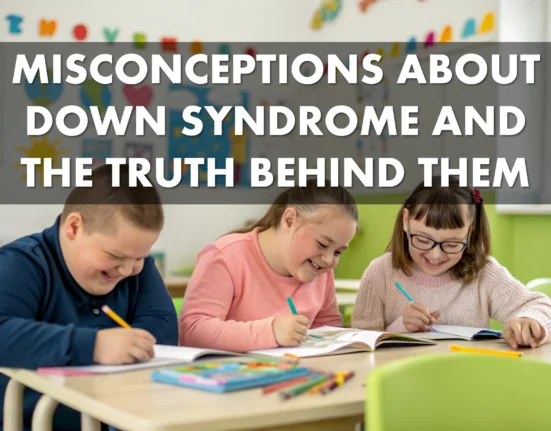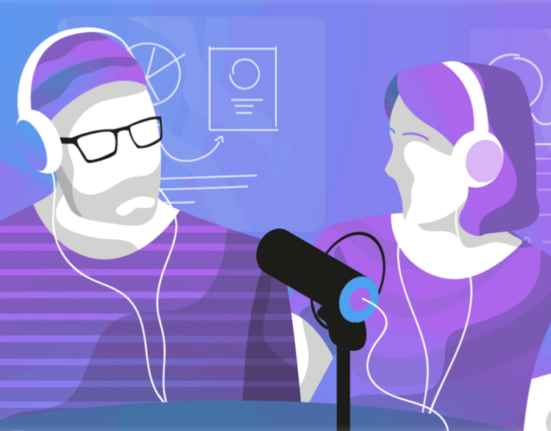Individualized Education Programs (IEPs) are a cornerstone of special education, designed to ensure that every student receives the tailored support they need to thrive. This article delves into essential strategies for creating and implementing effective IEPs, the importance of collaboration with key stakeholders, and how to overcome challenges within this process.
Understanding the Role of IEPs in Special Education
An Individualized Education Program (IEP) is a legally binding document that plays a critical role in special education. It outlines the personalized educational services and supports required to help students with special needs succeed. Each IEP is meticulously crafted to address the unique learning profile, strengths, and challenges of the student.
The Importance of Mastering IEPs for Special Education Teachers
Mastering the IEP process is crucial for special education teachers, as it enables them to provide equitable and customized education to each student. A well-developed and correctly implemented IEP can significantly impact the academic and personal success of the student.
Part 1: Strategies for Creating and Implementing Effective IEPs
Understanding the Specific Needs of Students in Special Education
The first step in creating an effective IEP is thoroughly understanding the student’s specific needs. This involves an in-depth evaluation of the student’s learning profile, including their strengths, weaknesses, and challenges in the classroom. This understanding is essential for personalizing the educational plan and ensuring it meets the student’s individual needs.
Setting SMART Goals in IEPs
Goals within an IEP should be SMART: Specific, Measurable, Achievable, Relevant, and Time-bound. These goals ensure that the student’s progress can be tracked clearly and systematically. For example, a SMART goal might be “Improve reading skills by two grade levels by the end of the school year.” Well-defined goals are key to effectively measuring the student’s academic and behavioral progress.
Using Data to Inform IEP Decisions
Decisions within an IEP should be driven by concrete data. This includes psychoeducational assessments, classroom observations, and ongoing performance data. These insights allow educators to adjust teaching strategies and accommodations to ensure that the student is making appropriate progress.
The Importance of Effective Planning in IEPs
Effective planning is vital for the success of IEPs. It ensures that all aspects of the plan are well-coordinated, legal deadlines are met, and communication remains clear among all team members. A tool like an IEP planner can be extremely useful in organizing each step of the process and ensuring nothing is overlooked.
Part 2: Collaboration for IEP Success
Working with Parents and Families in Special Education
Collaboration with parents is a critical component of successful IEPs. Parents have deep insights into their child’s needs, and their involvement ensures consistent implementation of educational strategies at home and school. Open and regular communication with parents can also help quickly identify any issues or necessary adjustments.
Cooperation with Other Professionals in Special Education
An effective IEP often results from a multidisciplinary approach, involving professionals such as speech therapists, school psychologists, occupational therapists, and other specialists. Cooperation with these experts ensures that all aspects of the student’s needs are addressed and that educational strategies are aligned to maximize success.
Encouraging Student Participation in the IEP Process
Involving the student in setting educational goals and discussing instructional strategies can enhance their engagement and motivation. Depending on the student’s age and abilities, it may be beneficial to include them in IEP meetings, where they can express their preferences and personal goals. This active participation can reinforce their sense of autonomy and investment in their educational journey.
Part 3: Overcoming Challenges in the IEP Process
Managing Conflicts and Differing Opinions in IEP Teams
Conflicts may arise between IEP team members or with parents regarding the plan’s goals or strategies. In such cases, it is crucial to manage these conflicts constructively. Negotiation and mediation can be effective tools in reaching a consensus that serves the best interests of the student.
Adapting IEPs in Real-Time to Meet Evolving Needs
Students’ needs often evolve throughout the school year, which may require adjustments to the IEP. Flexibility is essential in special education. If a student progresses faster or slower than expected, revising the IEP may be necessary to set new goals or adjust strategies accordingly.
Dedicated Q&A Section
- What is an IEP, and why is it essential in special education?
- An IEP is a legal document outlining the specialized educational services and supports needed to address the unique needs of students with special needs.
- How do IEPs impact the academic success of students with special needs?
- IEPs personalize education, significantly improving outcomes by addressing each student’s specific needs.
- How can teachers identify the specific needs of students for an IEP?
- Teachers can use assessments, classroom observations, and discussions with parents to identify the specific needs of each student.
- What criteria are used to set SMART goals in an IEP?
- Goals should be Specific, Measurable, Achievable, Relevant, and Time-bound to ensure effective progress tracking.
- What data is most useful for adjusting an IEP based on student progress?
- Psychoeducational assessments, classroom observations, and continuous performance data are essential for adjusting IEP goals and strategies.
- Why is effective planning crucial in implementing IEPs?
- Effective planning ensures that every step of the process is carefully followed, meeting each student’s needs consistently and coherently.
- How can parents be involved in the IEP process?
- Parents can be involved from the beginning by sharing their observations during IEP meetings and collaborating to incorporate their suggestions into the plan.
- How can teachers effectively cooperate with other professionals involved in an IEP?
- Regular communication and follow-up meetings are essential to ensure all professionals are aligned on the student’s goals.
- What role does the student play in the creation and implementation of their IEP?
- Depending on their age and abilities, students can participate in setting their goals and discussing the strategies that will work best for them.
- What should be done if parents and the school disagree on IEP goals?
- Organize a meeting to clarify each perspective and work towards a consensus that serves the student’s best interests.
- How can an IEP be adapted if a student progresses faster or slower than expected?
- Revising the IEP to set new goals or adjust strategies based on the student’s actual progress may be necessary.
Conclusion
Key Takeaways for Special Education
Creating and implementing effective IEPs requires a deep understanding of students’ specific needs, meticulous planning, and close collaboration with parents and other professionals. These elements are crucial for providing equitable and tailored education that allows every student to reach their full potential.
Encouragement to Take Action
Educators are encouraged to apply these strategies to enhance the success of students in special education. An IEP planner can be a valuable tool for organizing the process and ensuring every aspect of the IEP is addressed.
Additional Resources
- Videos
- Websites
- Books
- A Guide to Special Education Law
- The IEP from A to Z: How to Create Meaningful and Measurable Goals






